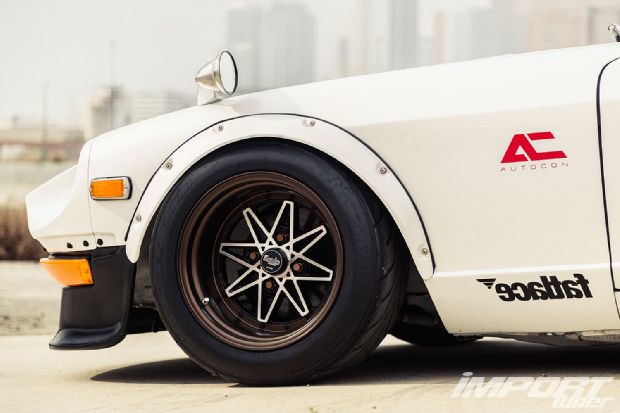Indicate. Help me keep rule No.2
The first rule of riding a motorcycle is simple - don’t fall off. The second is it’s always your fault. Some people put them the other way around but I like to think that if you’ve managed to follow #1 then #2 should take care of itself.
There was gravel; they turned into me; he wasn’t looking; the light was green. They don’t cut much ice when the rubber meets the road. I’m in my 40s now, and that means I’ve had a bike license for over half my life and that hasn’t changed in all those years.
What has changed is how crowded the roads are and that leads to more moving pieces to keep track of. The road surfaces seem to be worse (maybe I am getting old), everyone is in much more of a hurry and drivers (and riders) are more easily distracted by an ever broader range of technology to fiddle with at 60 miles per hour.
What I have noticed though is a trend in car design that’s reducing the number of cues a rider has about what a car is about to do. In the US I hate the combined turn and brake signal as it’s hard to tell (especially when you can only see one of the back lights of a car a couple of vehicles ahead of you) if they’re tapping the brake or actually about to change lanes. I actually retro fitted the sequential tail lights to my Mustang to help communicate that more clearly.
 What is really bugging me more and more though is, in the quest for a more streamlined car, we’re either losing the side repeaters for turn signals or they’re being incorporated into harder to see places like the mirrors. Now, I won’t argue that back in the day not every car had these, and they didn’t always work. And don’t get me wrong some of the mirror mounted solutions are great, especially the ones that are visible front and rear, but they’re not a substitute for something on the wing that gives me an extra clue - and a fraction of a second more to react - when a driver hasn’t seen me and is about to change lane (assuming of course they’re considerate enough to remember to warn folks around them). Back to rule #2 - you always watch the wheels of the cars around you. Even so you can’t watch everyone all the time, so a bright flashing light is a good indicator (no pun intended) of a potential hazard.
What is really bugging me more and more though is, in the quest for a more streamlined car, we’re either losing the side repeaters for turn signals or they’re being incorporated into harder to see places like the mirrors. Now, I won’t argue that back in the day not every car had these, and they didn’t always work. And don’t get me wrong some of the mirror mounted solutions are great, especially the ones that are visible front and rear, but they’re not a substitute for something on the wing that gives me an extra clue - and a fraction of a second more to react - when a driver hasn’t seen me and is about to change lane (assuming of course they’re considerate enough to remember to warn folks around them). Back to rule #2 - you always watch the wheels of the cars around you. Even so you can’t watch everyone all the time, so a bright flashing light is a good indicator (no pun intended) of a potential hazard.
The other advantage of a repeater on the side is that if a driver is next to me and wants to change lanes with a bit of warning I’m more than happy to let them in (if I’m on a bike or in the car) but when there isn’t a clear signal I don’t even have a chance to make someone’s commute a little easier.
Wherever your indicators are - on a car, or a bike - please use them often. Mirror, Signal, Maneuver helps everyone stay safe and get where they’re going. Don’t break rule #2